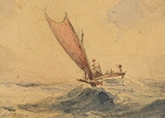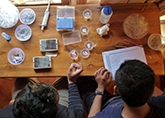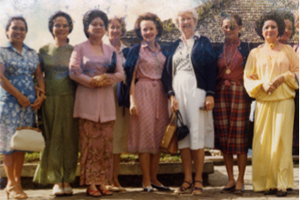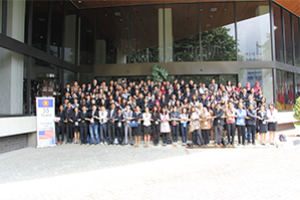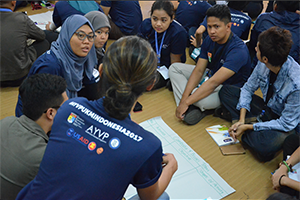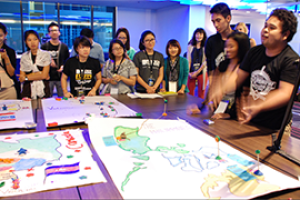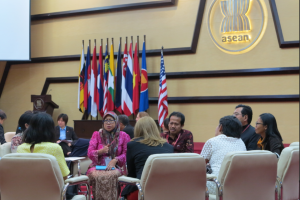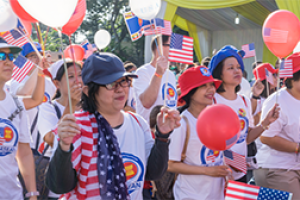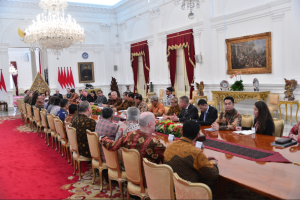Hand in Hand
In 1967, Indonesia, Malaysia, the Philippines, Singapore, and Thailand came together in Bangkok to sign the Association of Southeast Asian Nations (ASEAN) Declaration. With its motto, “One Vision, One Identity, and One Community,” this regional intergovernmental organization strives for economic cooperation and cultural development, security and peace, as well as research and training among member nations. By 1999, Brunei, Vietnam, Laos, Myanmar, and Cambodia had also joined ASEAN.
The United States became a dialogue partner to ASEAN in 1977, when a delegation that included then-Secretary of State Cyrus Vance met with foreign ministerial leaders. Since that time, the United States has worked closely with the organization across a wide array of issues. Toward the end of the twentieth century, the U.S. relationship with ASEAN began to focus more on development cooperation, with the launch of economic programs emphasizing trade and investment, technology transfer, leadership, and education. It was the first country to name an ambassador to ASEAN in 2008, and two years later was the first to open a dedicated mission to ASEAN in Jakarta, Indonesia, with a resident ambassador. In 2016, the United States celebrated 40 years of U.S.-ASEAN relations, a partnership that continues to grow and strengthen through shared initiatives.
